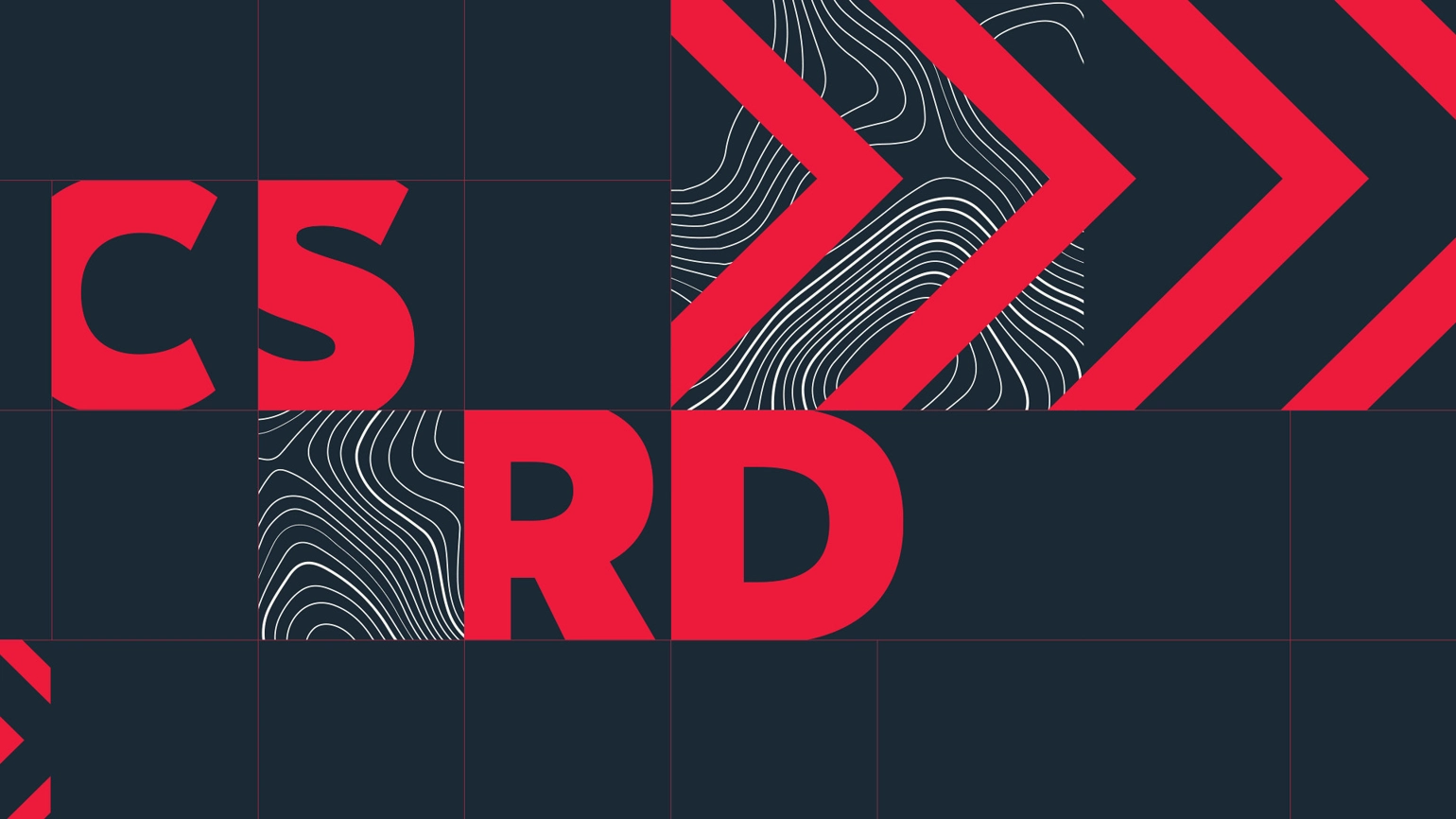Return to journal
Keeping eyes on the transformation prize amidst Omnibus uncertainty
Five strategic moves to stay ahead of CSRD and Omnibus changes from our Sustainability Director, Louise Ayling

The uncertainty swirling around CSRD and the Omnibus can feel paralysing, but the worst thing business can do now, is freeze.
Ultimately, CSRD is a business transformation tool, and regardless of the outcome, the cat’s out the bag.
Amidst the continued uncertainty, how should businesses proceed?
Here are 5 steps to keep the momentum going.
1. Get to grips with your value chain
Despite the threat of severe deregulation within CSDDD as a result of the Omnibus, understanding your full value chain – far beyond tier 1 – is key. Businesses need a full understanding of their dependencies, impacts, risks and opportunities at every stage. After all, it’s the upper reaches of a supply chain where the most significant challenges tend to occur, whether it's child labour in cocoa plantations in West Africa, deforestation to clear land for palm oil plantations in South-east Asia, or the risk of human rights violations upstream in the automotive supply chain.
2. Conduct a Double Materiality Assessment, and take a strategic lens
Double Materiality Assessments are game-changing, and a critical strategic foundation for any business. The shift in outlook from focusing on effort and importance, towards assessing actual, tangible impact, is potent. Far beyond a tick-box exercise to inform reporting, the strategic implications of a well-executed Double Materiality Assessment shouldn’t be underestimated. Don’t settle for a push-of-the-button automated approach – make sure you’re scrutinising your impacts, risks and opportunities, assessing them in the context of environmental thresholds and social norms, and leveraging the informative conversations with risk, finance, and legal teams to inform corporate strategy, R&D, new product and service solutions, and more.
3. Learn each others’ language and forge relationships
Sustainability. Legal. Risk. Finance. Everyone has a part to play in delivering against CSRD. But all these functions have different motivations. Different skillsets and challenges. And ultimately, we all speak different languages.
Sustainability needs to learn the language of finance. Finance must understand sustainability. The legal perspective must become a common thread. And risk takes centre stage.
The conversations and collaboration that have been unlocked through CSRD application so far, have been unheard of in years gone by. Keep the conversations flowing, and let’s continue to make sustainability everyone’s business.
4. Flip the script and keep senior leaders up to date
The regulatory landscape is changing, fast, and it’s hard to keep pace. Moreover, the rhetoric is one of compliance burden, excessive budgets and weary teams. Inspire senior leaders with the transformation potential of CSRD, the value it could (and should) unlock, and the opportunity to ignite change.
5. Lift your transformation story and make the magic happen elsewhere
CSRD is about so much more than the 1000+ data points and regulatory burden that we see in the headlines. It’s about the impact a company has on the world around it, and the effect of these impacts on the company’s resilience and bottom line. It’s about how these impacts, risks and opportunities influence the business strategy, the evolution of the company’s products and services, its relationships and dependencies across the value chain, and the way it’ll transform, to secure success in the long-run.
We urge companies: communicate beyond the ‘Sustainability Statement’ required by CSRD, and outside the depths of the Annual Report. Make the magic happen elsewhere by lifting your transformation story into the real world, through authenticated storytelling across a range of other channels, that’ll actually reach and make sense to wider audiences.
